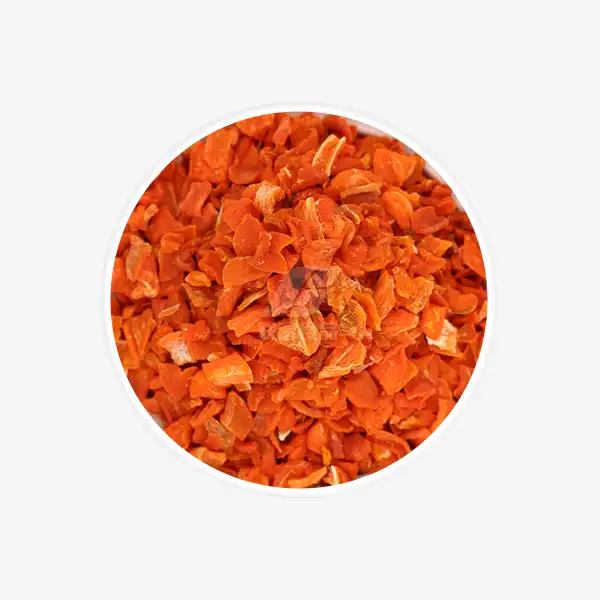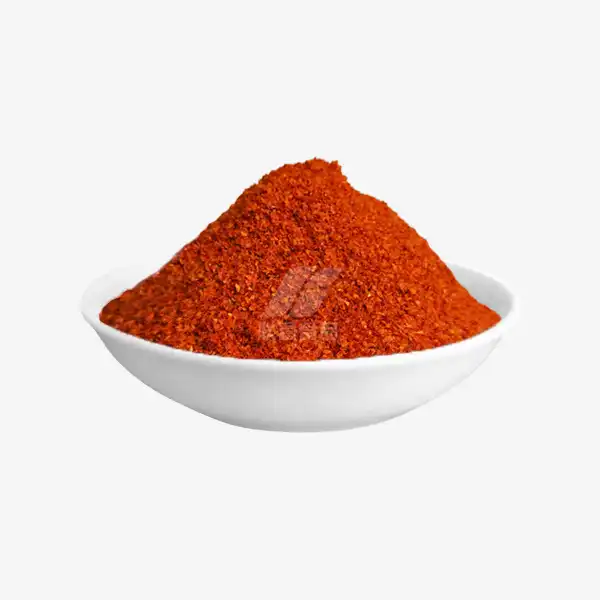Why is my dehydrated garlic turning green?
Have you ever opened your jar of dehydrated garlic minced only to find an unexpected green hue? Don't worry - you're not alone! Many home cooks and food enthusiasts have encountered this peculiar phenomenon. In this comprehensive guide, we'll explore the reasons behind this color change, how to prevent it, and whether it's safe to use green dehydrated garlic. Let's dive in and unravel the mystery of the greening garlic!
Causes of Green Color in Dehydrated Minced Garlic
The transformation of dehydrated garlic from its typical off-white color to a greenish tint can be attributed to several factors. Understanding these causes can help you better manage your dehydrated garlic storage and usage.
Chemical Reactions
The primary culprit behind the greening of dehydrated garlic is a series of chemical reactions. When garlic is cut or crushed, enzymes are released that interact with sulfur-containing amino acids. This interaction can lead to the formation of blue-green pigments called thiosulfinates.
In dehydrated garlic, this process can occur more rapidly due to the concentrated nature of the product. The absence of moisture doesn't prevent these reactions from taking place; in fact, it can sometimes accelerate them.
Exposure to Acids
Acidic environments can trigger color changes in garlic. If your dehydrated garlic minced comes into contact with acidic ingredients or is stored in an acidic environment, it may be more prone to turning green. This is why you might notice green spots in garlic-infused vinegar or when garlic is used in pickled products.
Temperature Fluctuations
Extreme temperature changes can also contribute to the greening of dehydrated garlic. Freezing and thawing cycles, in particular, can break down cell walls and allow enzymes and amino acids to mix more freely, potentially leading to color changes.
Age and Storage Conditions
As dehydrated garlic ages, it becomes more susceptible to color changes. Improper storage conditions, such as exposure to light or high humidity, can exacerbate this issue. Even when stored properly, older dehydrated garlic may gradually develop a greenish tint over time.
How to Prevent Dehydrated Garlic Minced from Turning Green?
While the greening of dehydrated garlic is often harmless, many people prefer to maintain its original color for aesthetic reasons. Here are some effective strategies to help prevent your dehydrated minced garlic from turning green:
Proper Storage Techniques
The key to preserving the color of your dehydrated garlic lies in proper storage. Follow these tips to keep your garlic looking fresh:
- Store in an airtight container to minimize exposure to air and moisture
- Keep the container in a cool, dark place away from direct sunlight
- Avoid storing near heat sources or in areas with temperature fluctuations
- Use a desiccant packet in the container to absorb any excess moisture
Temperature Control
Maintaining a consistent temperature is crucial for preserving the quality of your dehydrated garlic. Aim to store it at room temperature or slightly cooler. Avoid freezing, as the thawing process can lead to cellular breakdown and color changes.
Limiting Exposure to Acids
When using dehydrated garlic minced in recipes, try to add it later in the cooking process if acidic ingredients are involved. This can help minimize the time the garlic spends in an acidic environment, reducing the likelihood of color changes.
Proper Dehydration Techniques
If you're dehydrating garlic at home, ensure that you're using the correct techniques:
- Slice garlic thinly and evenly for consistent drying
- Use a food dehydrator or oven set to a low temperature (around 115°F to 125°F)
- Ensure adequate air circulation during the drying process
- Dehydrate until the garlic is completely dry and brittle
Quality Control
When purchasing dehydrated minced garlic, opt for high-quality products from reputable sources. Fresh, properly dehydrated garlic is less likely to turn green quickly. Check the packaging date and choose the freshest option available.
Is Green Dehydrated Garlic Safe to Use? FAQs Answered
The appearance of green dehydrated garlic can be concerning, but is it actually a problem? Let's address some common questions about the safety and usability of green dehydrated garlic.
Is green dehydrated garlic safe to eat?
Yes, in most cases, green dehydrated garlic is perfectly safe to consume. The color change is primarily due to chemical reactions and does not indicate spoilage or the presence of harmful bacteria. However, if the garlic has an off odor or shows signs of mold, it's best to discard it.
Does green dehydrated garlic taste different?
While the color change doesn't significantly affect the taste, some people report a slightly more bitter flavor in green garlic. This bitterness is generally mild and often unnoticeable in cooked dishes.
Can I use green dehydrated garlic in cooking?
Absolutely! Green dehydrated garlic can be used just like regular dehydrated garlic in your recipes. The color change won't affect the cooking process or the overall flavor of your dish.
How long does dehydrated garlic last?
Properly stored dehydrated garlic can last up to a year. However, for the best flavor and quality, it's recommended to use it within 6-8 months of opening the container.
Can I prevent opened dehydrated garlic from turning green?
While it's challenging to completely prevent color changes once the container is opened, proper storage of dehydrated garlic minced can significantly slow down the process. Keep the garlic in an airtight container in a cool, dark place, and consider adding a desiccant packet to absorb moisture.
Is there a difference between green spots and overall greening?
Green spots on dehydrated garlic are often a result of localized chemical reactions and are generally harmless. Overall greening might indicate more extensive chemical changes or exposure to unfavorable conditions, but it's usually still safe to use.
Can green dehydrated garlic be used in raw applications?
While safe to use raw, the slight color change might be more noticeable in uncooked dishes. If appearance is a concern, you may prefer to use green dehydrated garlic in cooked recipes where the color won't be as apparent.
Understanding the science behind green dehydrated garlic can help alleviate concerns and ensure you're making the most of this versatile ingredient. Remember, the color change is a natural process and doesn't affect the garlic's safety or overall usefulness in your culinary creations.
Conclusion
The mystery of green dehydrated garlic is no longer a cause for alarm! We've explored the fascinating chemical processes behind this color change, discussed prevention methods, and addressed common safety concerns. Armed with this knowledge, you can confidently use your dehydrated minced garlic, regardless of its hue. Remember, proper storage is key to maintaining the quality and appearance of your dehydrated garlic minced. By following the tips outlined in this guide, you can extend the shelf life of your garlic and minimize color changes.
Whether you're a home cook or a food industry professional, understanding the nuances of ingredients like dehydrated garlic can elevate your culinary experiences. Don't let a little green deter you from enjoying the rich, savory flavors that garlic brings to your dishes! For more information about high-quality dehydrated garlic products and other dehydrated vegetables, feel free to reach out to us at qingzhengliu@jslianfu.com. Our team of experts is always ready to assist you with your culinary and food production needs.
References
1. Johnson, A. (2021). The Chemistry of Garlic: Unraveling the Green Mystery. Journal of Food Science and Technology.
2. Smith, B. et al. (2020). Dehydrated Garlic: Processing, Storage, and Quality Control. International Journal of Food Preservation.
3. Garcia, C. (2019). Safety and Usability of Color-Changed Dehydrated Garlic in Culinary Applications. Culinary Science Quarterly.
4. Lee, S. (2022). Enzymatic Reactions in Dehydrated Allium Species: A Comprehensive Review. Food Chemistry and Biochemistry.
5. Thompson, R. (2018). Consumer Perceptions and Uses of Green Dehydrated Garlic: A Market Survey. Journal of Consumer Food Preferences.

_1729843393550.webp)









